Average sizes and life expectancy for this breed:
Manx cats are known to be an ancient breed with roots from the Isle of Man in the Irish Sea. Known as the working cat on the Isle of Man, they have great intelligence, strong composition and an active personality. Their lack of tail is produced by a mutation that possibly originated among the island’s native shorthair cat population. Because this is a dominant gene, it spread to other cats on the island.
Manx cats are medium-sized round, hefty cats mirroring a bowling ball. Most are recognized for their lack of a tail; however, not all kittens are born tailless. They get along great with children and other family pets.
The approachable, affectionate Manx cat can carry on a chat in a sweet, thrilling voice. They generally will bond most deeply with the person who feeds them. But all in all, they are great family cats. They can entertain themselves and can be left alone for work hours. However, as they have a lot of love to give, they prefer not to be left alone for long periods of time and are always pleased when their family returns.
Manx cats tend to accelerate throughout the house, doing quick stops and sharp turns. That’s why they are frequently compared to a mini race car driver. Both playful and gentle, these active cats are excellent leapers and skilled to be in the highest corner of the house to survey the thing that captured their interest.
Because of their intelligence, Manx cats need to be mentallt stimulated by teaching them tricks and giving them interactive and puzzle toys to play with. They can play a game of fetch and can be seen carrying toys around using their mouth. They are also known to soak their toys in their water dish.
This cat breed was one of the original show cats exhibited in Great Britain. When the Cat Fancy Association was founded in 1906, Manx cats were one of the founding cat breeds.
See available kittens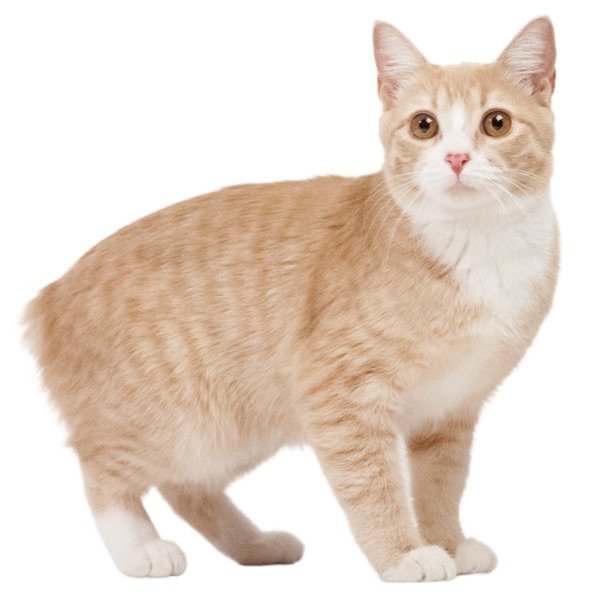

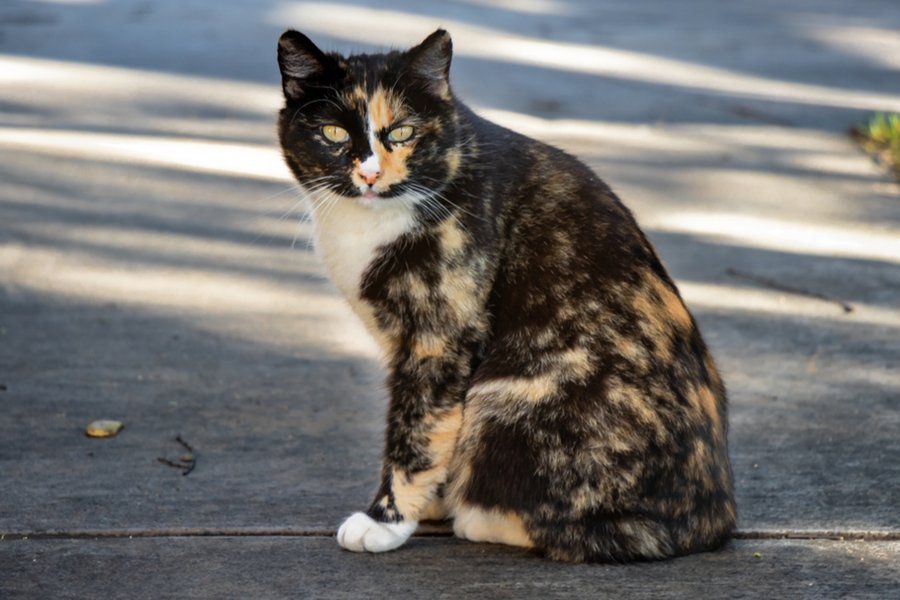


There are many colourful tales surrounding the origin of the Manx cats as comical as the story where Noah – yes, from the Bible! – cut off their tail as he closed the Ark door when the rain began. Records show that the Manx cats originated on the Isle of Man. The first feline is believed to have come from the nearby Wales and England or much further, but the beginning population arrived by ship on the Manx shores.
At some point, a mutation happened, and kittens were born without a tail. They first appeared in a painting in the 18th-century, but linguistic evidence shows an earlier date from the mid 17th-century, as the English word ‘stubbin’ is used for this cat breed. However, before 1750, only the Manx language was used. The Isle of Man is a small, isolated island, so inbreeding of the island population lead to the lack of tail.
The Manx were one of the original breeds at the beginning of the cat fancy in the late 1800s. The tailless longhairs appeared on the Isle of Man as well; however, they did not attain popular recognition until later. Now, the longhair variety is known as the Cymric with the same standard as the Manx.
The International Cat Association recognized both the Cymric and the Manx for championship competition in June 1979.
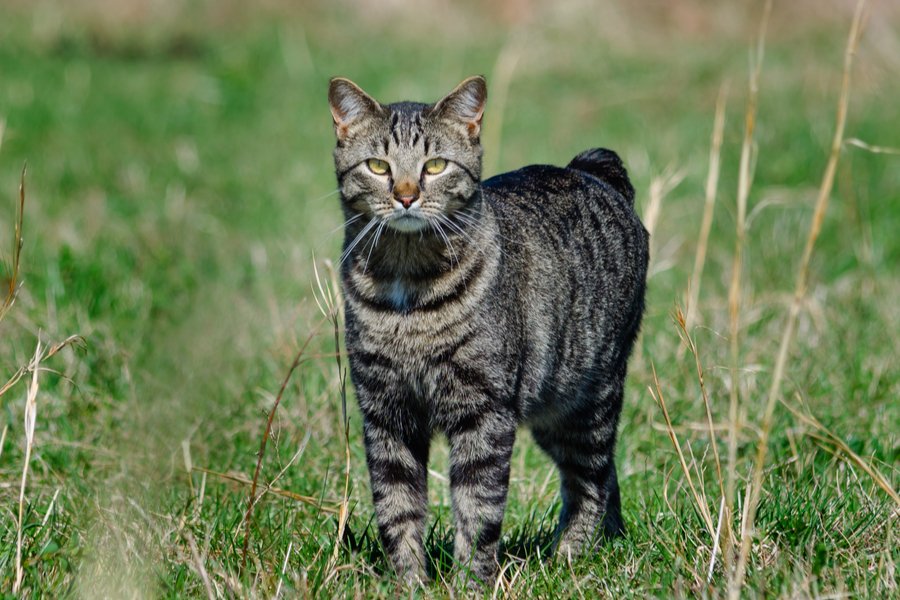
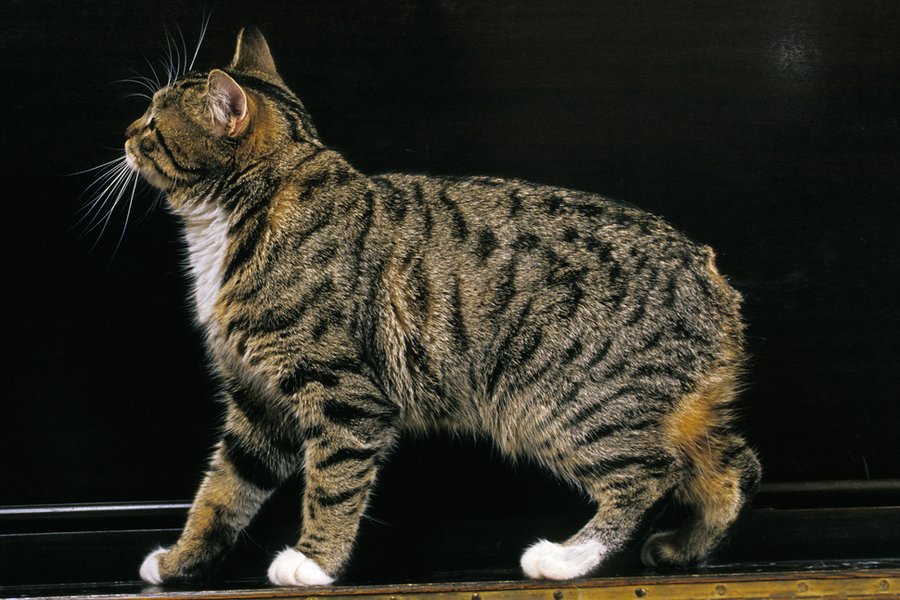
The Manx and the Cymric are part of the Manx breed group. The only difference is their coat lengths, Manx being the shorthairs and the Cymrics being the longhairs. They both come in various traditional colours and patterns with bold colours and dramatic markings often seen. They also have thick coats that give them a padded feel to their body and add to their rounded look.
Manx has a double coat and some hard guard hairs that tend to have some shimmer in appearance. The Cymric have a silky texture to their plush coats with fluffy breeches and neck ruff.
Apart from being tailless, Manx is recognized for their strong and rounded appearance with great edge depth. This cat breed can, in fact, be drawn with a series of circles. They have a very round head with rounded cheeks that gives its jowly appearance, especially in the male cats.
They have high hindquarters with their back legs much longer than their forelegs, causing their rump to be higher than their shoulders. The shortness of their back forms a continuous arch from their shoulders to the rump. Their large eyes are rounded, set at a small tilt towards their ear. Their ears are wide at the base, narrowing to a rounded tip.
Their round eyes are set on a slight tilt, and their ears look like the cradles of a rocking chair, which gives them their sweet expression. Manx takes about five years to reach their full maturity. The male Max weighs around 4.5 to 5.4 kilograms, and the females, who are smaller, weigh about 3.6 to 4.5 kilograms.
While they are known for their taillessness, Manx can appear in one of the five categories:
Only rumpies to stumpies are eligible in competition to exhibit under the Manx category. While in CFA, stubbies and longies are still eligible but under the “any other” category. However, they are both vital in breeding stock as mating two rumpies can lead to health problems.
These calm cats are commonly playful, and their powerful hind legs make them outstanding jumpers able to get to the highest area of the house to investigate something that has caught their interest. They are brilliant cats who can quickly learn how to use their paws to open a door handle.
Manx and Cymric cats have incredible hunting abilities and can quickly learn to retrieve and sometimes hide their toys like a dog. While they have a moderately quiet voice, they can be rather chatty and frequently use a unique trilling sound.
Manx cats are people-oriented and form deep bonds with their families. They get on well with children and other pets when correctly introduced. These placid, calm cats have a lot of love to share and prefer not to be on their own for long periods of time. However, they are independent enough to manage if you’re out of the home during working hours.
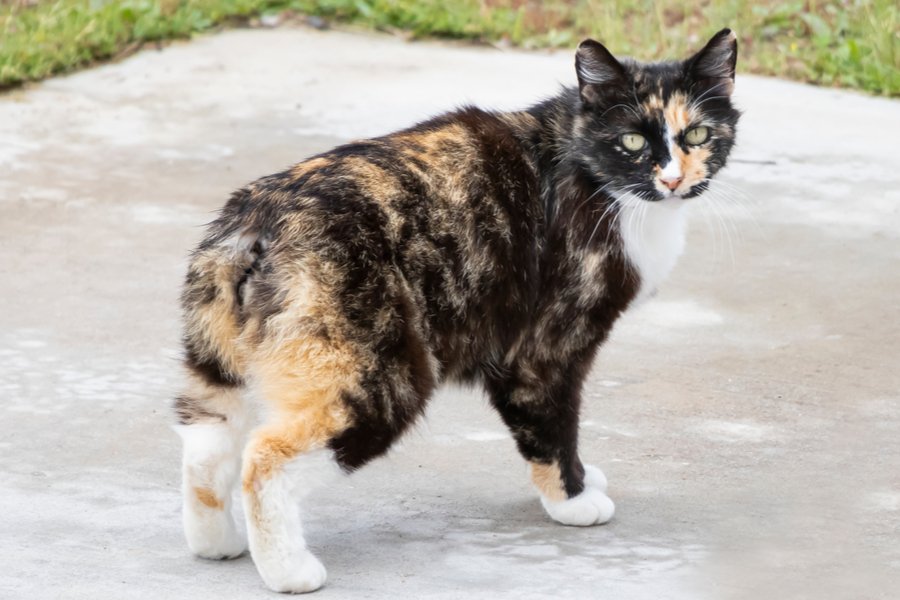
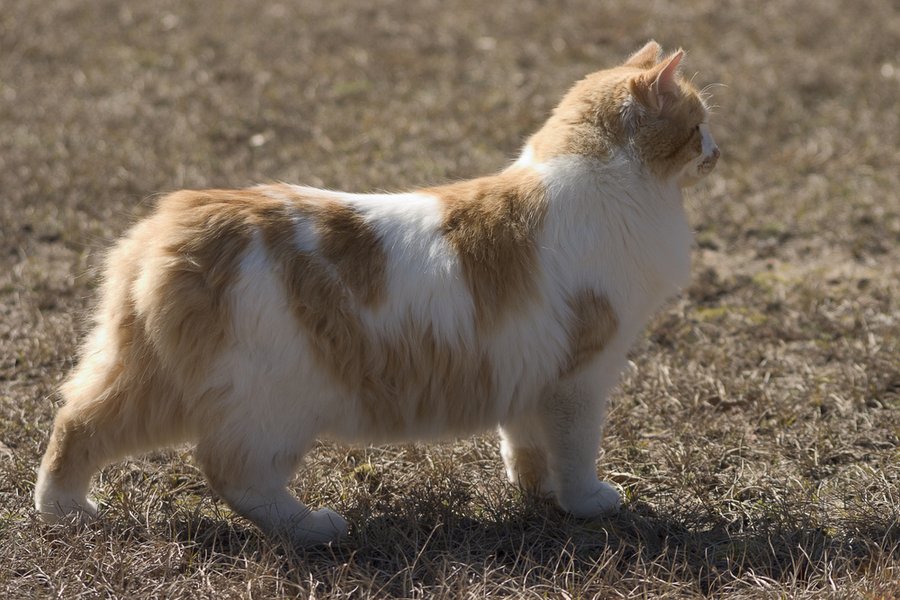
The Manx is a very trainable cat. Aside from being intelligent, they are eager to learn and crave human interaction. Whether it is following commands, playing a puzzle game, or learning a new trick, the fun-loving Manx will be involved and attentive.
Challenge their intelligent minds and keep them busy. Provide them with many puzzles and interactive toys that they can play with alternately. You can also invest in cat trees or a perch on the window where they can watch the world pass by while they are resting or while you’re at work.
These social and good-natured cats are outgoing and affectionate and will do everything to get some human attention and interaction. When a Manx is correctly socialised and trained at an early stage, they will thrive into a well-rounded, well-bred and well-mannered feline companion.
Their soft, short coat is easily cared for and maintained with weekly combing to eliminate dead hair and distribute their skin oil. Check their rear end thoroughly to make sure there are no faeces clinging to their fur surrounding their anus. Clean it if needed to stop the cat from spreading poop on furniture or carpets.
Examine your Manx’s ears weekly for any dirt, debris or wax buildup. Wipe it away with clean cotton balls moistened with a vet-approved ear cleaner. Remember not to use cotton swabs as it can harm your cat’s delicate inner ear structure. Check for any foul odour, as well as this may indicate infection. Should there be any, call your vet for care and treatment.
Weekly tooth brushing is enough to keep your Manx’s teeth free from tartar buildup and tooth and gum diseases. Use a vet-approved toothbrush and toothpaste to clean their teeth and mouth effectively. In addition, safeguard not only your skin but also your furniture by trimming their nails regularly.
Check their eyes often for any dirt, stain or discharge. If their eyes are left with stain or dirt, it can result in an uncomfortable eye infection. Use a clean and soft cloth to clean their eyes. Make sure to use a different part of the fabric for each eye to avoid the spread of infection.

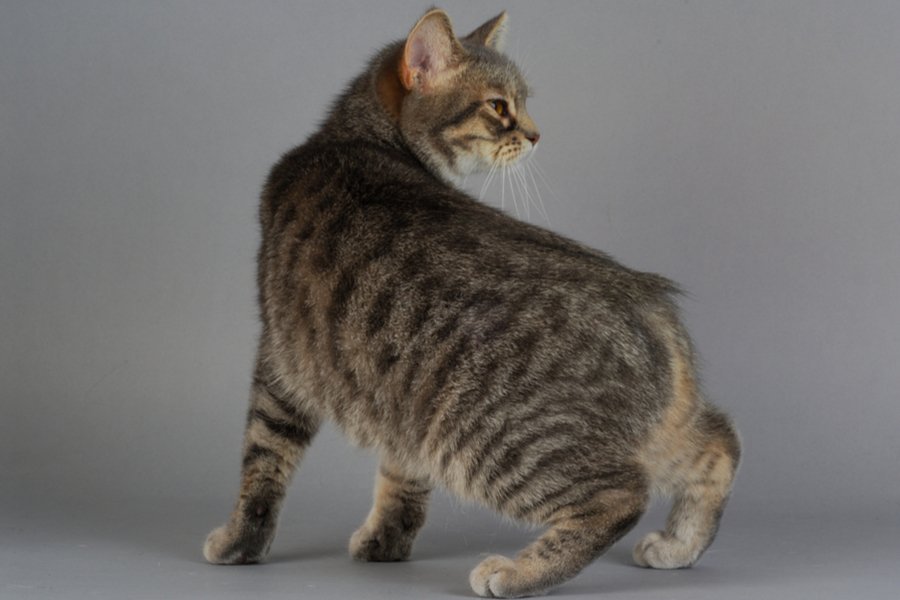
Manx cats are considered an overall healthy cat breed. However, the gene that can make these beautiful cats tailless can also generate some health problems. For example, the defective gene responsible for the loss of the tail can also affect other parts of the spine, creating risk of severe spinal and/or neurological problems. Damaged spinal cord nerves can also lead to problems with the bowels, bladder, and gastrointestinal tract., resulting in issues like incontinence or constipation.
In addition, some Manx cats with partial tails may develop arthritis. Those with stubby tails can be prone to bacterial infections forming in the fold of their tail. There is also a concern that tailless cats like the Manx may suffer from megacolon, which causes chronic constipation.
Because of the health concerns surrounding this breed it is imperative to only buy a Manx from a registered and experienced breeder. All breeders with ethical practices will run DNA health checks on their cats. These tests can show if the cat has genetic diseases including some of those listed above.
The Manx cat is known to be gentle yet playful. This is one of the reasons why many families with children and other pets choose them to be their family pet. They are outgoing, friendly and intelligent. They are also affectionate but not really needy, which makes them perfect for a busy household.
However, if there are children in the house, make sure to oversee any interaction between them and the cat and teach them how to handle a Manx carefully. Let them know that any pressure on their tail can cause pain to the Manx. Moreover, they should support the cat’s hindquarters when picking it up and not poke at the missing tail area.
Manx cats can live peacefully and harmoniously with other pets such as cats and cat-friendly dogs. In fact, they are delighted to live with another cat as they will have a playmate when their human companion is not around. But still, it is recommended to introduce your pets slowly and in a controlled area to make sure that they learn to get along together.
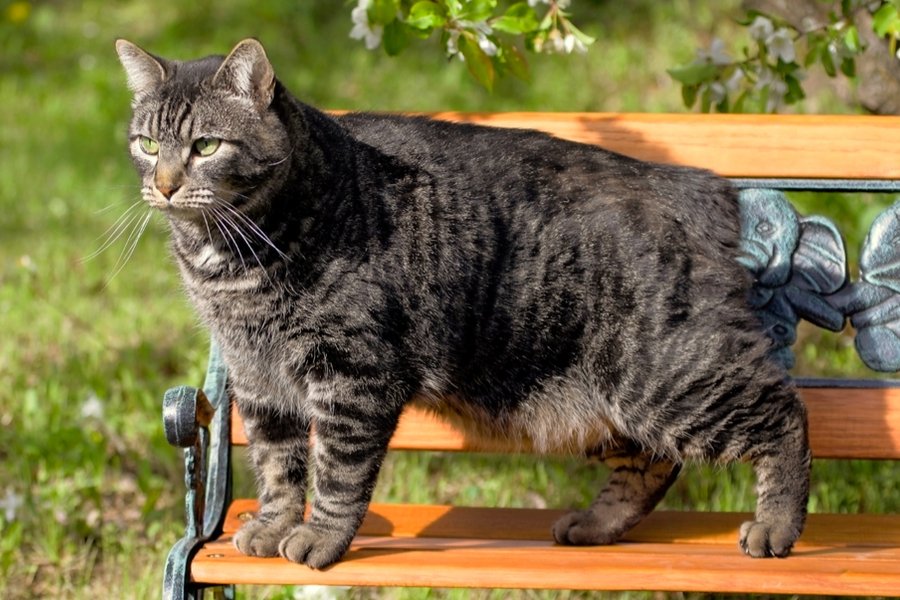
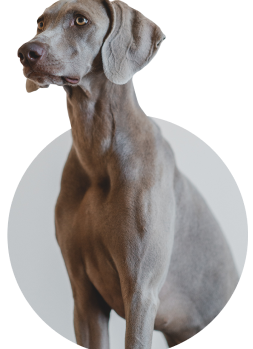
We can connect you with Breeders that are specialized in this particular breed.
See available kittens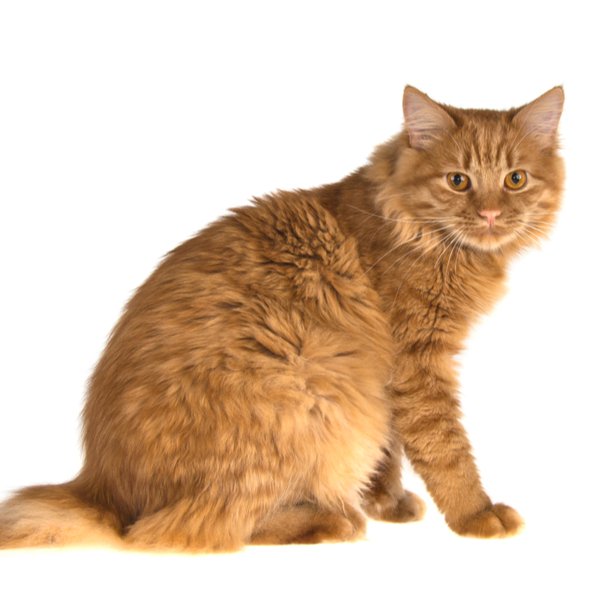
United States of America
Size : Medium
Coat : Long
Registration : TICA, CFA
Vocality : Low
Hypoallergenic : No
Grooming : Twice a Week
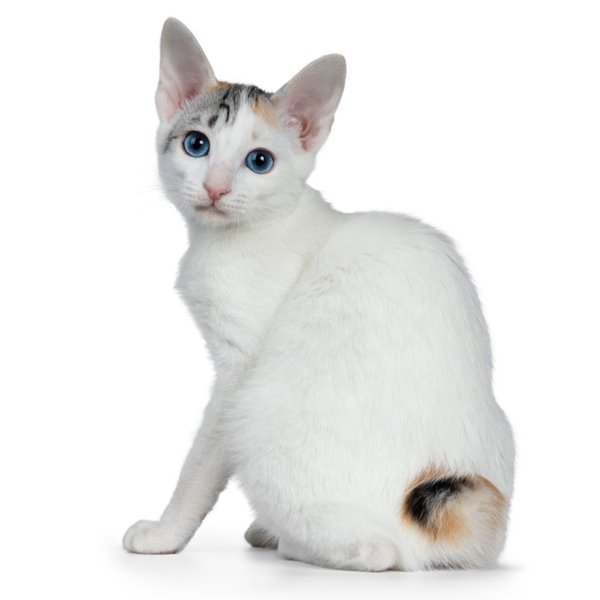
Japan
Size : Small
Coat : Short
Registration : TICA, CFA, FIFe
Vocality : High
Hypoallergenic : No
Grooming : Once a Week
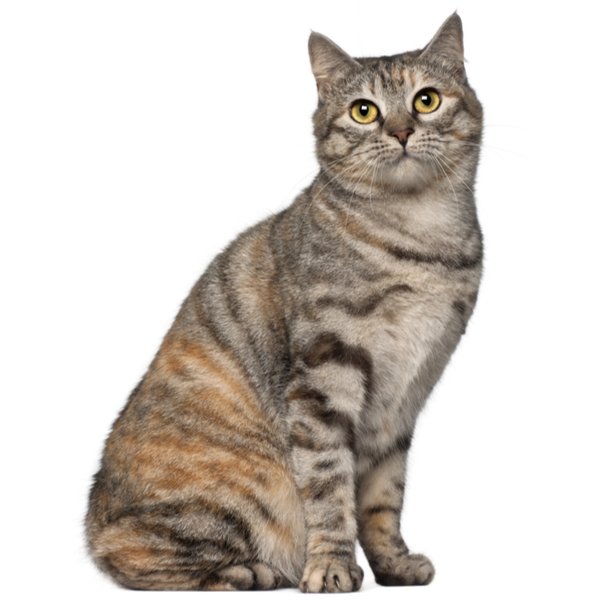
Russia
Size : Medium
Coat : Short
Registration : TICA, FIFe
Vocality : Medium
Hypoallergenic : No
Grooming : Once a Week
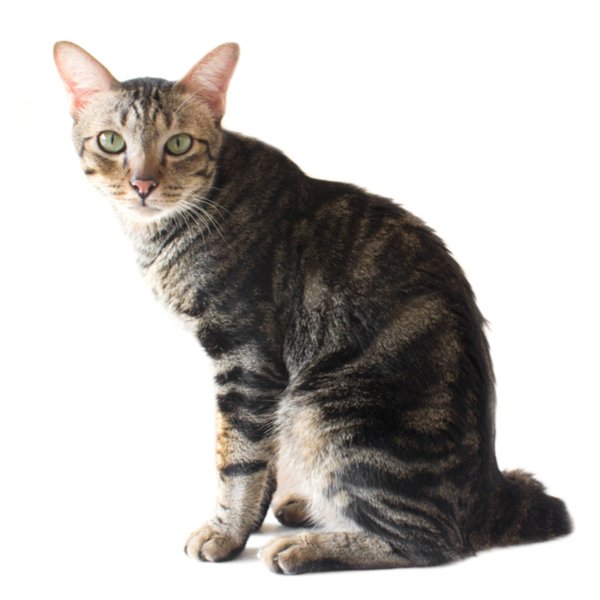
United States of America
Size : Medium
Coat : Short
Registration : TICA, CFA
Vocality : Low
Hypoallergenic : No
Grooming : Once a Week


Need some advice?
Whether you're a first time pet owner, an experienced pet owner, a new or long-time breeder, or just curious about pets, we've got you covered!
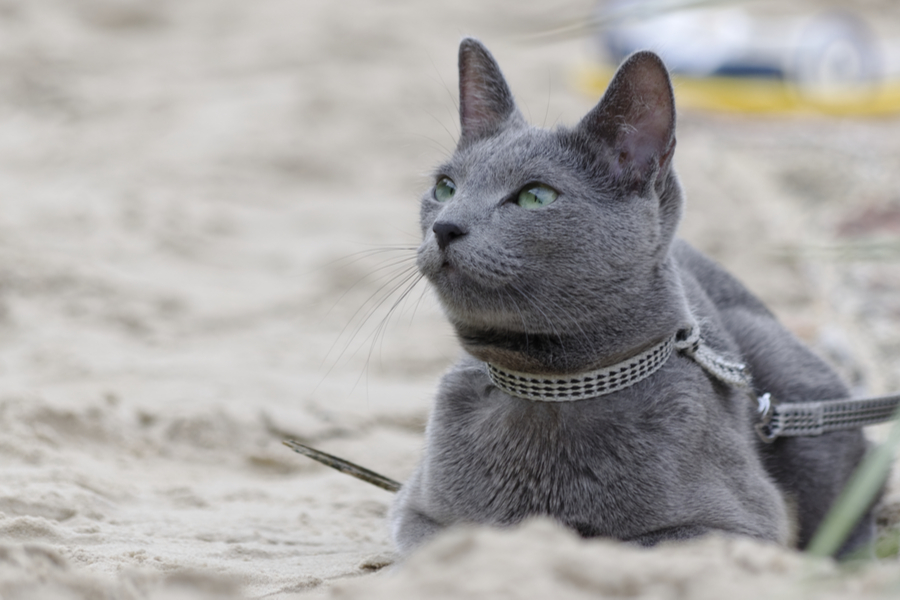
January 17, 2024
What Is The Personality Of Russian Blue Cats?
Russian Blue cats are most known for their distinctive shimmery blue-silver coat and piercing green eyes. However, this breed’s calm and gentle temperament is what makes them shine the most in the feline world.
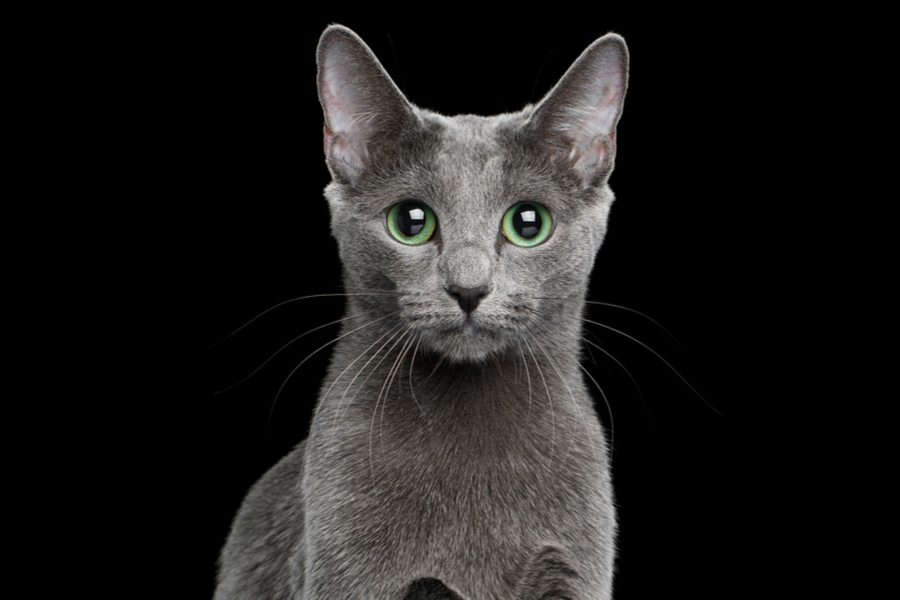
January 17, 2024
10 Facts About Russian Blue Cat Breed
Russian Blues are one of the most aesthetically stunning cat breeds, with a gorgeous plush silvery coat and vibrant green eyes. However, it’s not only their appearance that is beautiful; their nature is too.
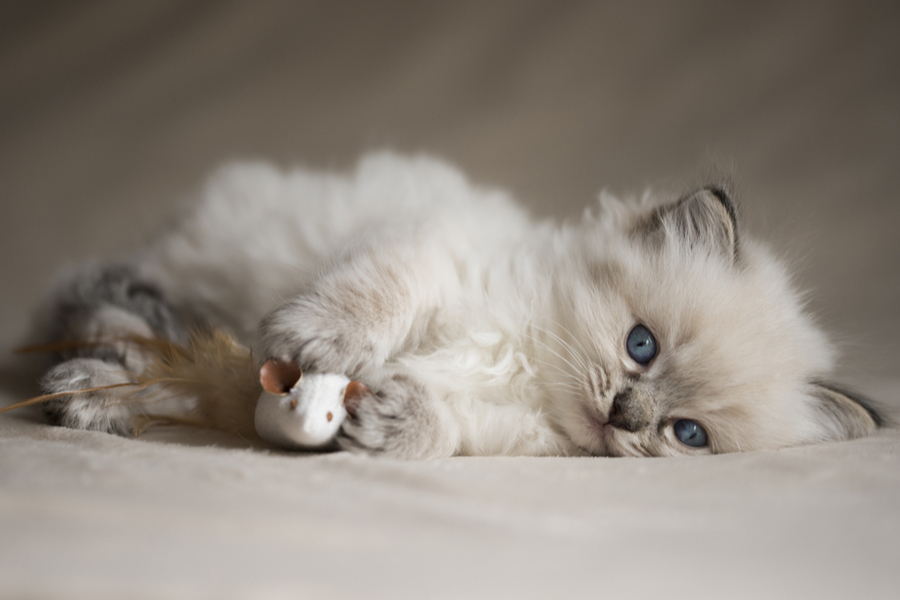
January 17, 2024
How To Choose The Right Cat Breed for You
Cats can make the most fantastic animal companions; they are adorable, friendly, and loving. However, not all felines are created equal. There are many different breeds, of which each has its unique personality traits.
Need some help?
Contact us to speak to our friendly advisor, who will gladly help you find your dream pet!



We are registered in England and Wales under registration number 12568840,
and our registered office is at 58-60 Kensington Church Street, W8 4DB London, England.
© 2023 The Pedigree Paws